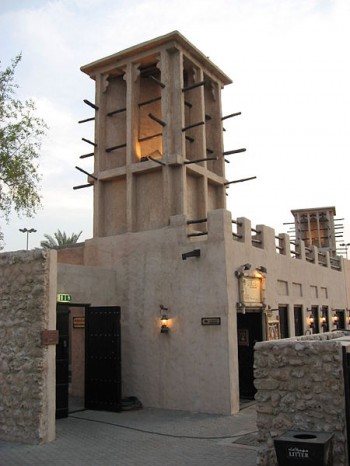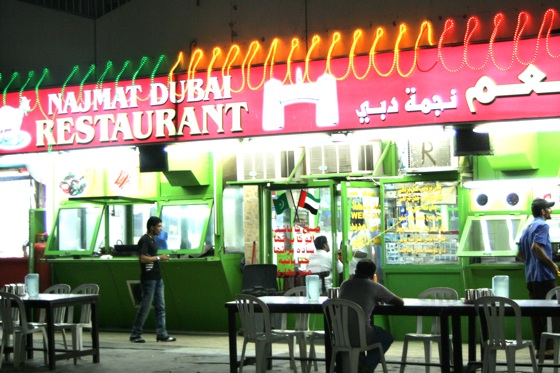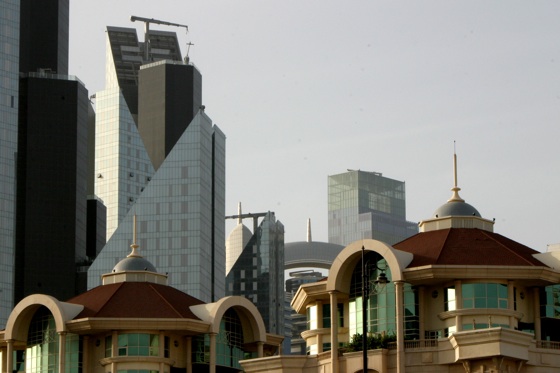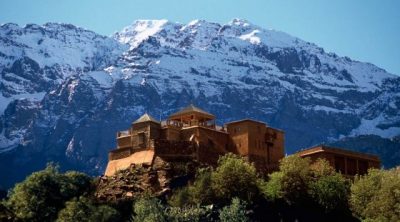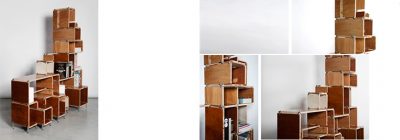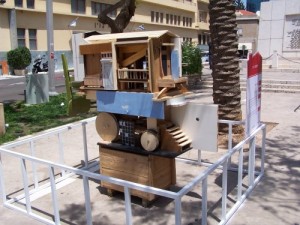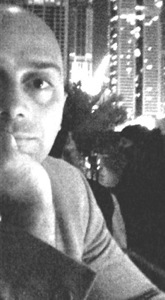 In an exclusive interview, Emanuel Mattutini, one of the first Foster & Partners’ Associate Partners to move to the UAE, talked to Green Prophet about Dubai’s next era of development and his new architectural firm.
In an exclusive interview, Emanuel Mattutini, one of the first Foster & Partners’ Associate Partners to move to the UAE, talked to Green Prophet about Dubai’s next era of development and his new architectural firm.
Dubai’s next era of development will be entirely more sane than the last, according to Italian architect Emanuele Mattutini.
Formerly an associate partner with Foster & Partners, an international design firm behind the much-touted Masdar City and the Zayed National Museum on Saadiyat Island, Mattutini was one of many expatriates who left during the economic crisis.
But his return to Dubai following four years in London may signal an overall shift in the Emirate’s design paradigm.
Growing up, Emanuele spent a lot of time flying in a Cessna with his father, an amateur aviator. This early experience with wind and air streams has given him a unique perspective as a designer, he says.
He spent eight years working for Foster & Partners and was one the firm’s first two representatives in Dubai in 2006. Since then, F&P has become renowned for re-discovering traditional and passive design elements that can enhance the efficiency of modern buildings.
“We opened a Pandora’s box of ideas,” he said.
Mattutini sites the Bastakiya wind towers in Bur Dubai as the perfect example of a design technique that contemporary architects can emulate. The wind towers are elevated above ground and use air pressure differentials to circulate air through the rest of the building. This combined with thick stone walls that deflect excess solar gain results in a cooler structure that uses no air conditioning.
Summer temperatures in Dubai are such that most buildings need a little more help, but Mattutini is convinced that he can slash energy use through design before bringing excess energy on board. A leading member of a progressive Italian green political party, his mother has had an enormous influence on how he approaches design.
It is in a joint design entry into last year’s Land Art Generator Initiative competition that evidence of Mattutini’s wide open, out of the box thinking is best reflected. Called PV Dust, the design called for an energy efficient power-generating art installation that doesn’t usurp undue space.
According to the entry’s brief:
“At peak power, the Sphelar® Cells used by PV Dust produce around 40 MW. To generate a similar amount of electricity, an alternative solution using traditional flat PVs would require 310,159m2 of polycrystalline photovoltaic panels.
Our installation fits on just 174,375m2 of land. This is about 57% of the catchment of flat PVs. Our proposal has a substantially smaller footprint, it does not block access to the ground, and it spares valuable earthbound resources.”
Although the Lunar Cubit won the competition, the PV Dust proposal was among those shortlisted.
Despite his green leanings, Mattutini understands that today’s designer has to think holistically. This includes appreciating the developer’s geo-political and financial restraints. Unlike the unrestrained frenzy that characterized Dubai’s earlier building spate, the developers that survived, he calls them “boutique developers,” have more cautious ambitions.
Mattutini has convinced his clients that sustainable building is more than an altruistic, unachievable pie-in-the-sky dream for Dubai. Even though no supply chain currently exists for alternative technologies, and incorporating photovoltaics and other technologies is still challenging, passive design can close the gap. Buildings that were not designed with energy and water efficiency in mind will cost more in the long term.
Although energy and water subsidies block the market from welcoming rapid and widespread green building techniques with open arms, just about everyone understands that natural resources are finite. That we have to build smarter. Mattutini also notes that the people who stayed behind when the going got rough are the keepers who are building something more real for Dubai.
“Everybody learned some hard lessons,” he said. “And now a lot is happening in the arts and design. An intelligentsia is being formed.”
Mattutini left Foster & Partners to found his own firm called Architectural-Leap, which references the field’s need to take a giant leap forward. He has a couple of very exciting projects up his sleeve, but for now, there is no reveal. Stay tuned!
More on sustainable development in Dubai and Abu Dhabi:
EXCLUSIVE: Masdar City Open House Photos
Former Masdar Director Says the UAE Must End Subsidies

